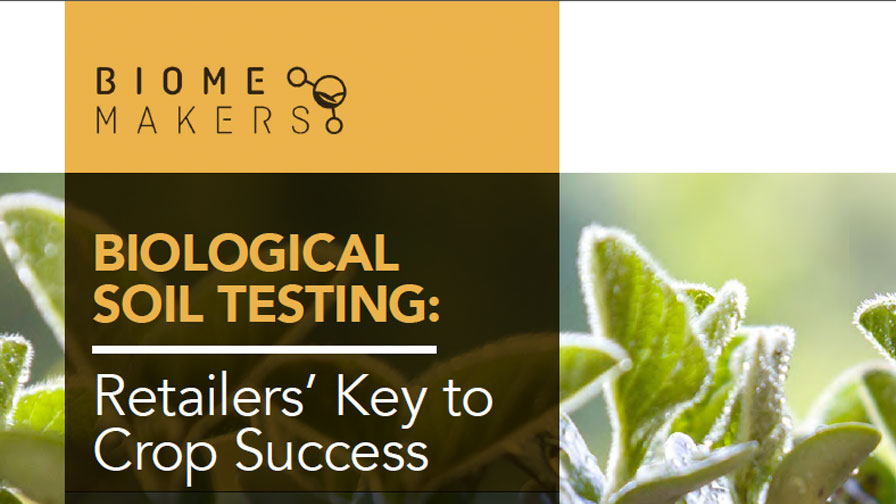Seed Stewardship Initiative Enters Phase II
The American Seed Trade Association (ASTA) and CropLife America (CLA) are in the midst of Phase II of outreach for The Guide to Seed Treatment Stewardship, an industry-wide initiative to promote the safe handling and management of treated seed.
“Phase II of the Guide, which is targeted at corn, soybean and cotton growers, reinforces the importance the seed industry places on seed treatment stewardship,” said ASTA President and CEO Andrew W. LaVigne. “With the help of our partners at the national level, we are now focusing our educational outreach efforts on farmers at the state and local levels, seed companies and seed treatment applicators.”
Endorsed by the National Corn Growers Association, American Farm Bureau Federation, American Soybean Association, Agricultural Retailers Association and National Cotton Council, Phase II of The Guide provides customized resources for farmers, seed companies, pesticide safety educators and crop advisors. These videos, brochures and presentations will be presented to broad grower and agribusiness audiences at local, state and national meetings and conferences.
ASTA and CLA began aggregating seed treatment research and safety information from universities, seed companies, international seed associations and others in early 2012 in response to growing concern about the potential effect of seed treatment dust from planting on pollinators and the environment.
“The health of pollinators, especially honey bees, is crucial to agricultural production in the U.S. and worldwide,” noted Jay Vroom, President and CEO of CropLife America. “The crop protection industry, seed companies, seed treatment applicators, equipment manufacturers and farmers all play a role in supporting thriving bee populations through stewardship and sound science.”
The Guide contains recommendations for such processes as:
- Planting of Treated Seed.
- Safe Use of Seed Treatment Products.
- Safe Handling and Transport of Seed.
- Selection of Treatment Products.
- Treated Seed Labeling.
- Storage of Treated Seed.
The Guide also includes a seed treatment glossary and an exhaustive list of resources. Regulatory agencies such as EPA and USDA have also been in communication and engagement on the Guide, and have applauded the industry’s initiative in this effort.
The Guide to Seed Treatment Stewardship is available online and in PDF format at www.seed-treatment-guide.com.






